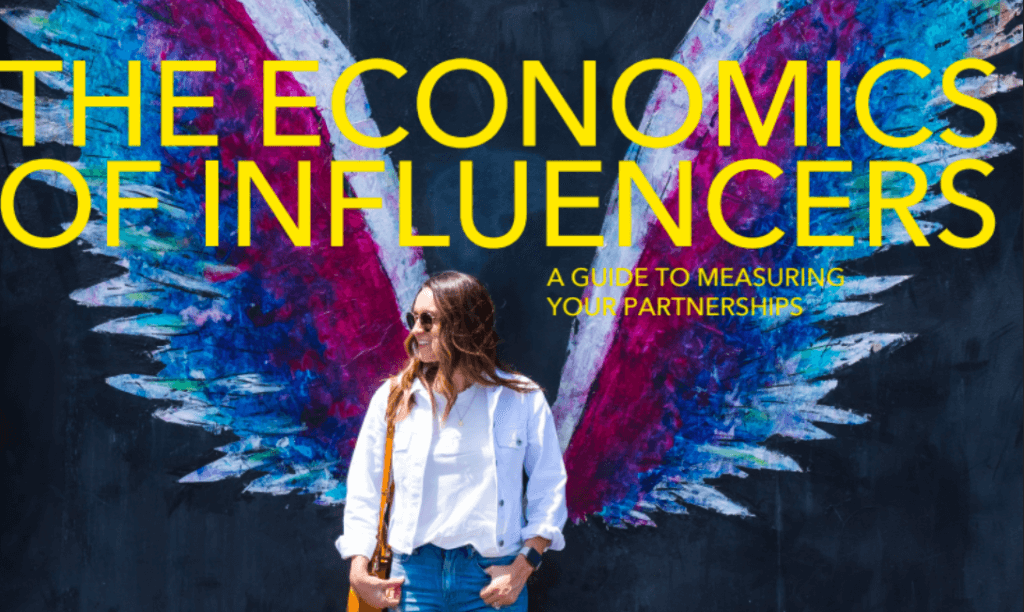Industry Study: Social Media Analytics For The Healthcare Industry

How can Healthcare marketers see the most success on social media? A recent study conducted by the independent research firm of Hobson & Company identified what aspects of social media research and analytics are most valuable to the healthcare industry, and why. This case study highlights the findings of the study with ListenFirst customers, providing […]
The ListenFirst Explainer For Finding The Right Influencer

Even knowing it’s the right time for your brand to partner with social media influencers, that doesn’t mean that you know how to identify which influencer is the best fit for your audience. In order to help brands better understand the influencer ecosystem, ListenFirst is sharing some key insights from our The Economics of Influencers: […]
The Economics of Influencers: A Guide To Measuring Partnerships

How can you measure influencer success? Studies have repeatedly shown that advertisers can expect a much higher return on investment from their influencer marketing efforts than from any other form of advertising. However, measuring success is a problem. This guide will help you understand the economics behind influencer partnerships.
